Your cart is currently empty!
Teak Wood Guide: Benefits, Types, and Uses of the World’s Most Durable Hardwood
Introduction to Teak Wood and Its Timeless Appeal
Teak wood is considered the perfect wood for furniture, flooring and kitchen essentials. The name stands tall as it comes from the world’s most majestic hardwood trees. Teak is not just another timber. It is hailed as the king of hardwood for a good reason.
Teak is a premium wood and has a long-standing reputation for its strength, natural oils and incredible resistance to water, pests and weather. Native to South and Southeast Asia, teak is found mostly in India, Myanmar/Burma and Indonesia. Used for centuries in shipbuilding, temples and royal furniture, teak has a historical prestige and its desirability only increases in the modern world.
Teak’s golden brown colour, tight grains and natural lustre blends well with both interior and exterior spaces, making it an ideal wood for modern design trends. From Scandinavian-style furniture to rustic outdoor decks, teak wood’s versatility and aesthetics make it the choice for architects, designers and homeowners alike. There are few woods that can match the beauty and resilience of teak. From stunning outdoor dining sets, durable chopping boards, marine-grade decks, teak delivers a perfect mix of beauty and resilience.
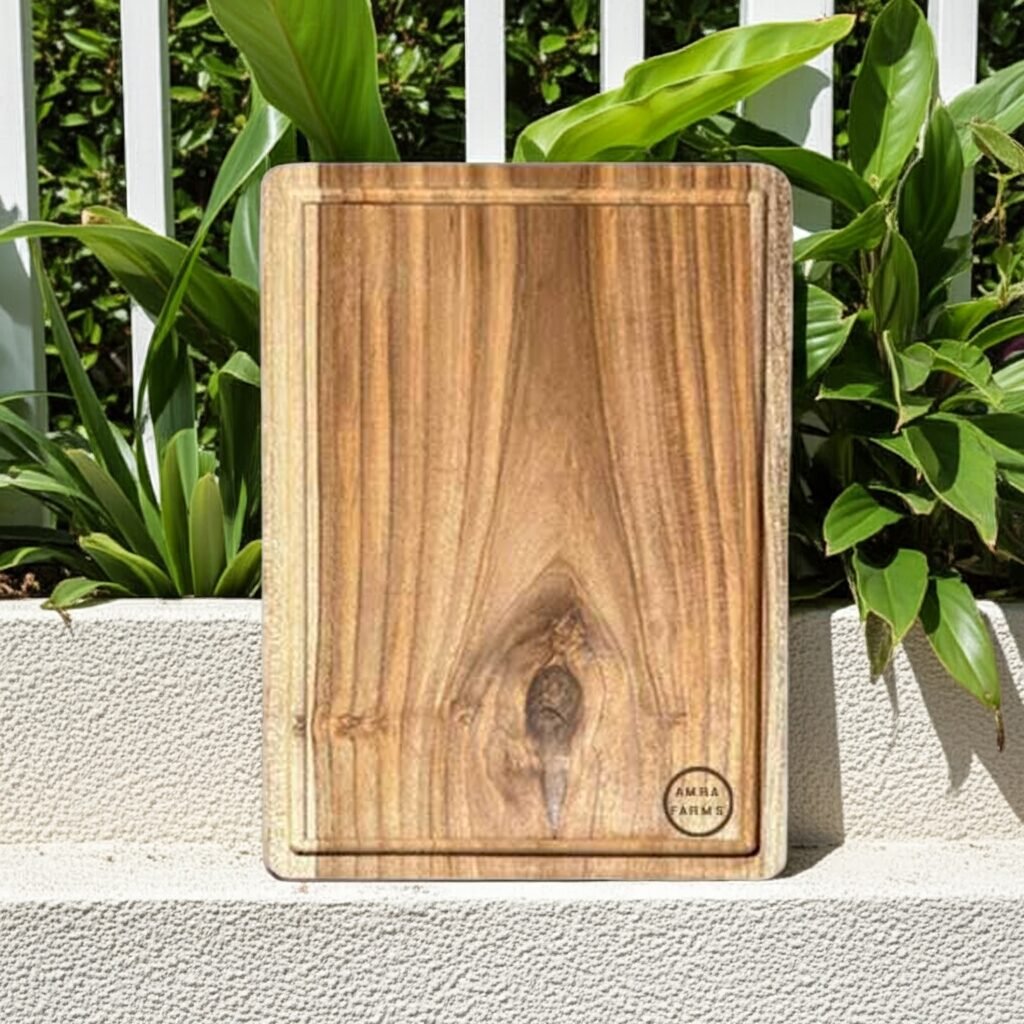

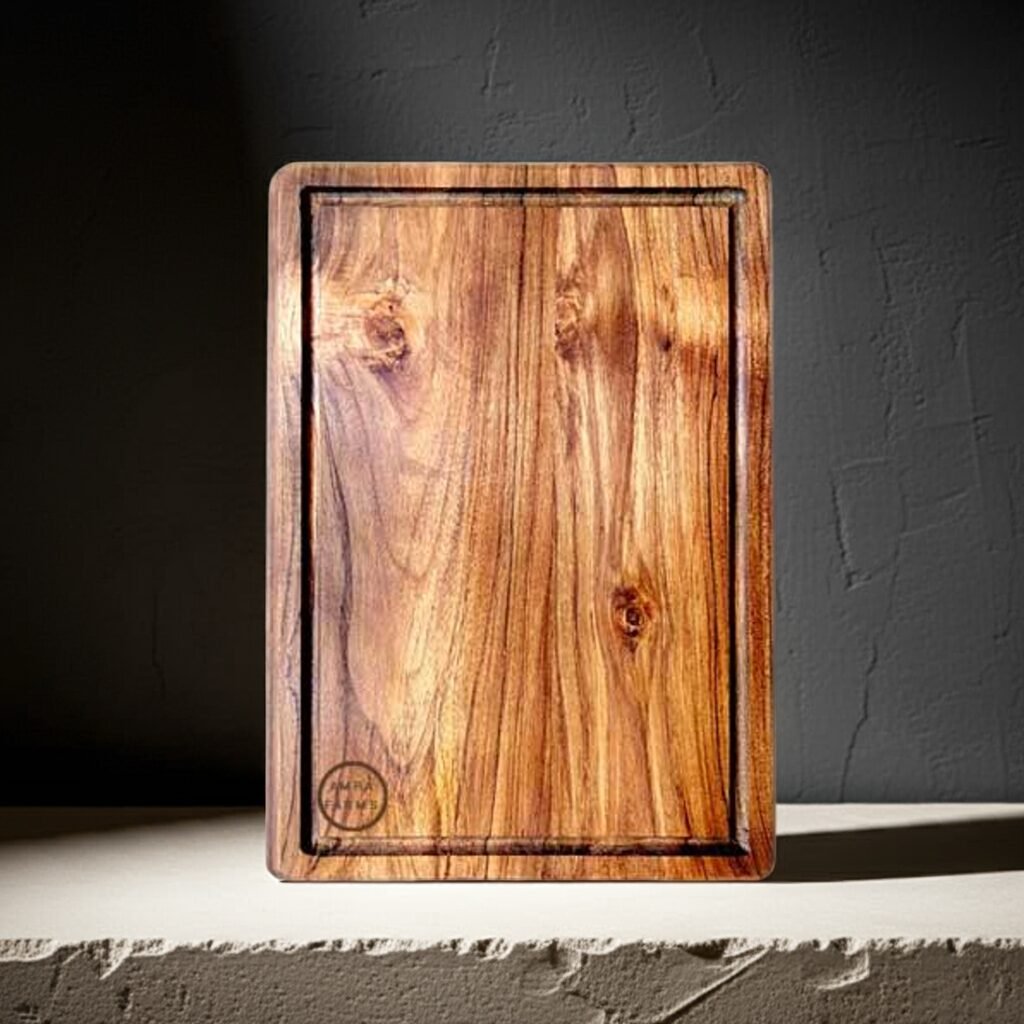
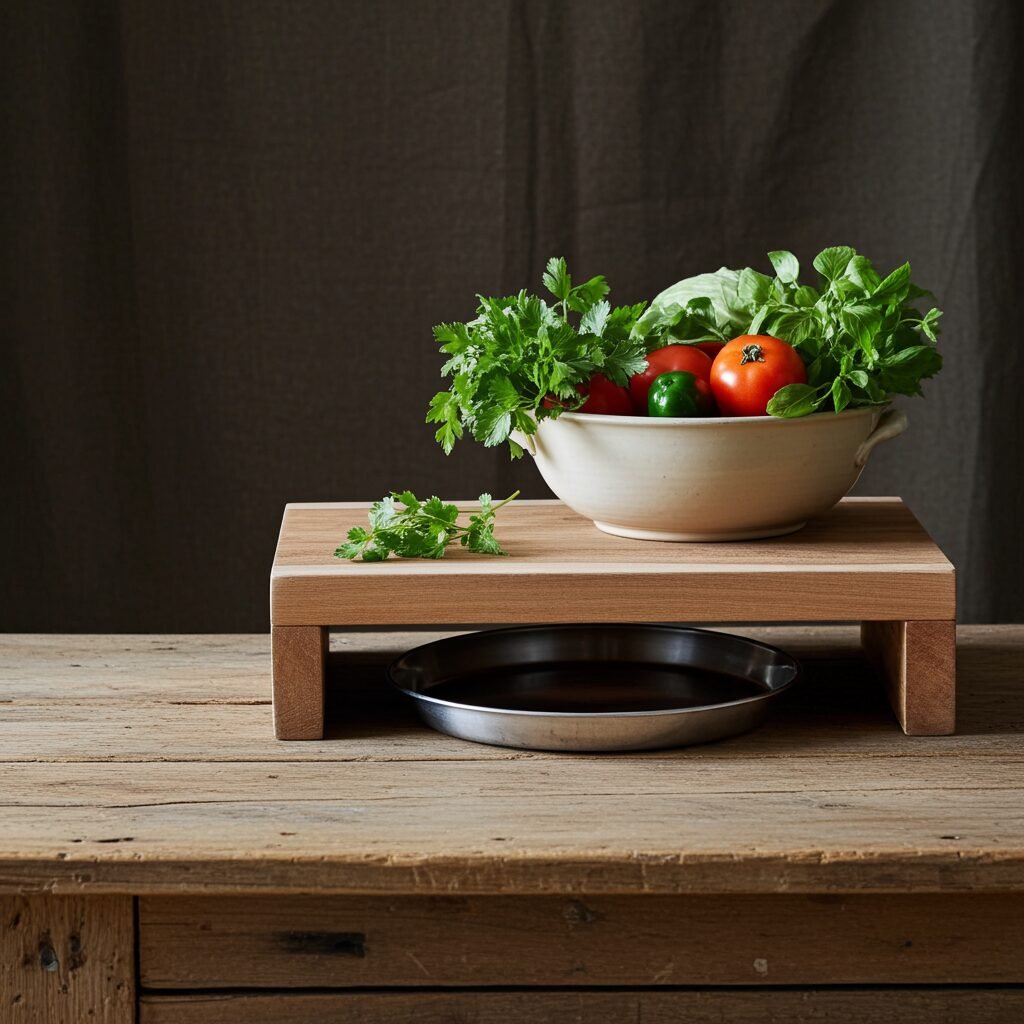
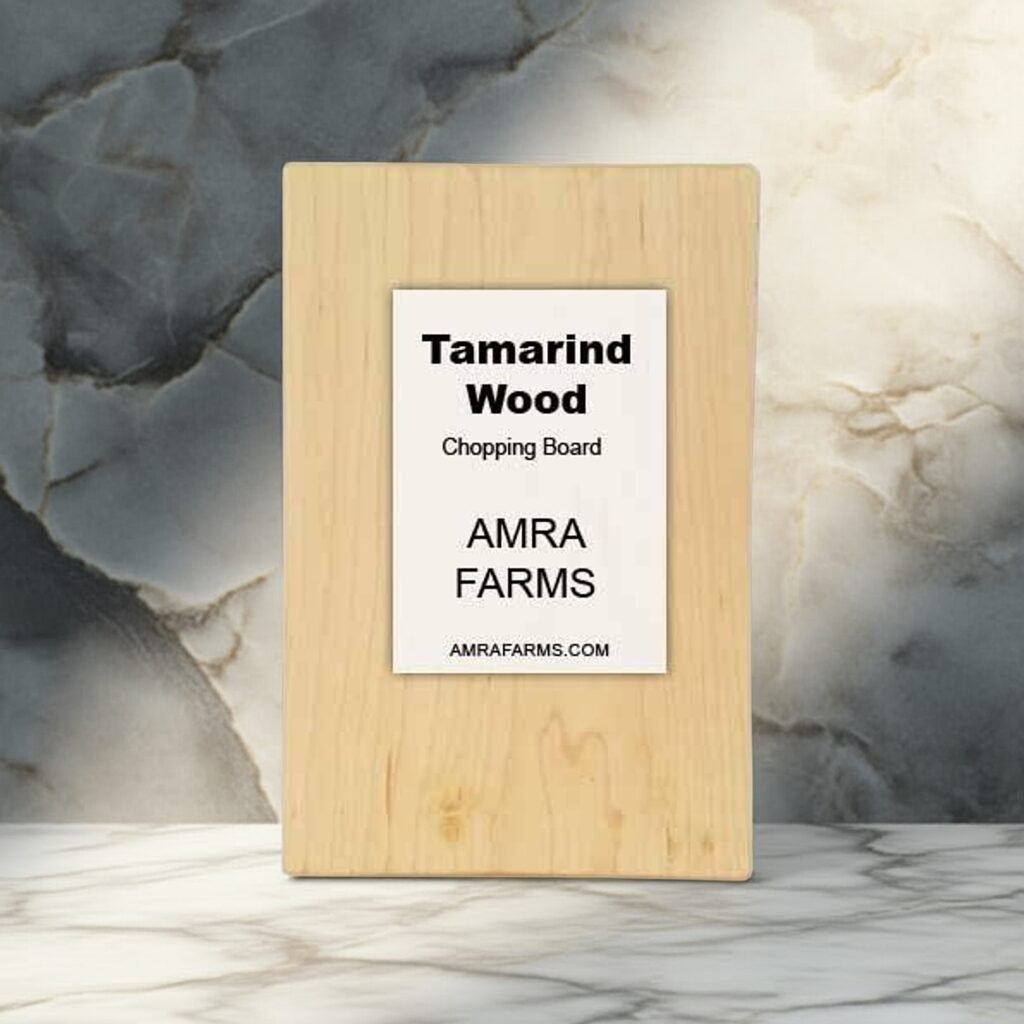

What is Teak Wood? – Understanding the Basics of Tectona Grandis
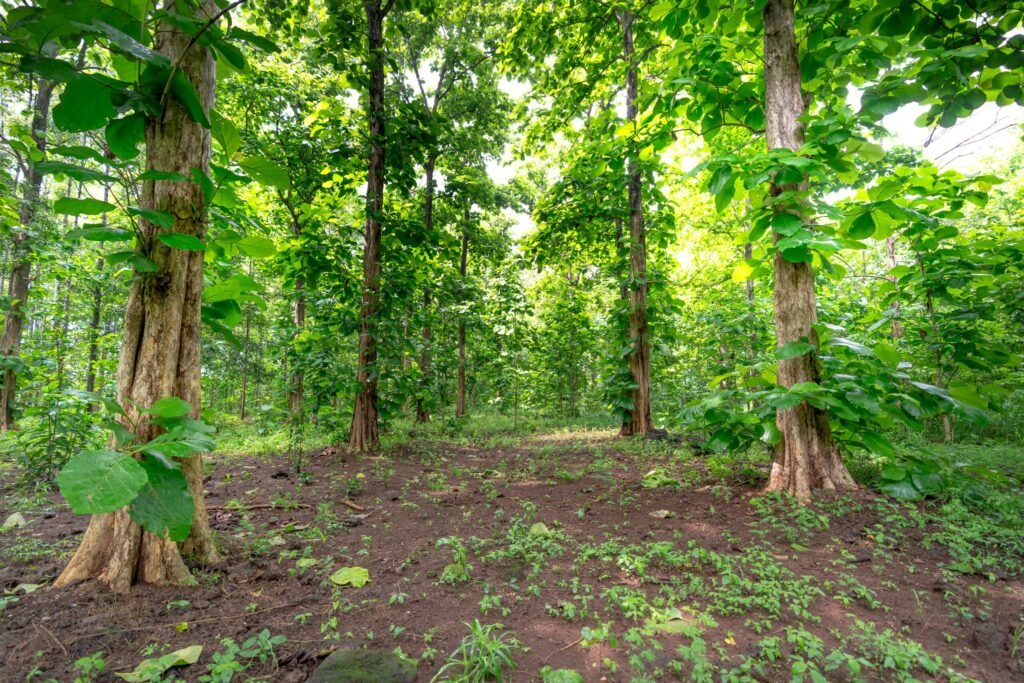
Teak, known scientifically as Tectona grandis, is a tropical hardwood tree that belongs to the Lamiaceae (Mint) family. Teak is a trusted material for building everything from palatial furniture to nautical decking. The dense hardwood is prized for its natural durability, rich oil content and striking appearance, making it one of the most sought-after timbers in the world.
Native Regions of Teak Wood
Teak trees are native to South and Southeast Asia. Three countries lead the legacy of teak wood:
- India: Especially grown in Kerala, Karnataka and central India like Madhya Pradesh
- Burma / Myanmar: Home to the world-famous Burmese teak known for its exceptional quality and deep brown hue
- Indonesia: A leader in plantation-grown teak
Teak in these areas is known to grow up to 40 metres high and live for over a century.
While teak is primarily grown in these three regions, it is now grown in parts of Africa, Central America, South America and other Eastern countries like Thailand lately.
Plantation Teak vs. Old-Growth Teak
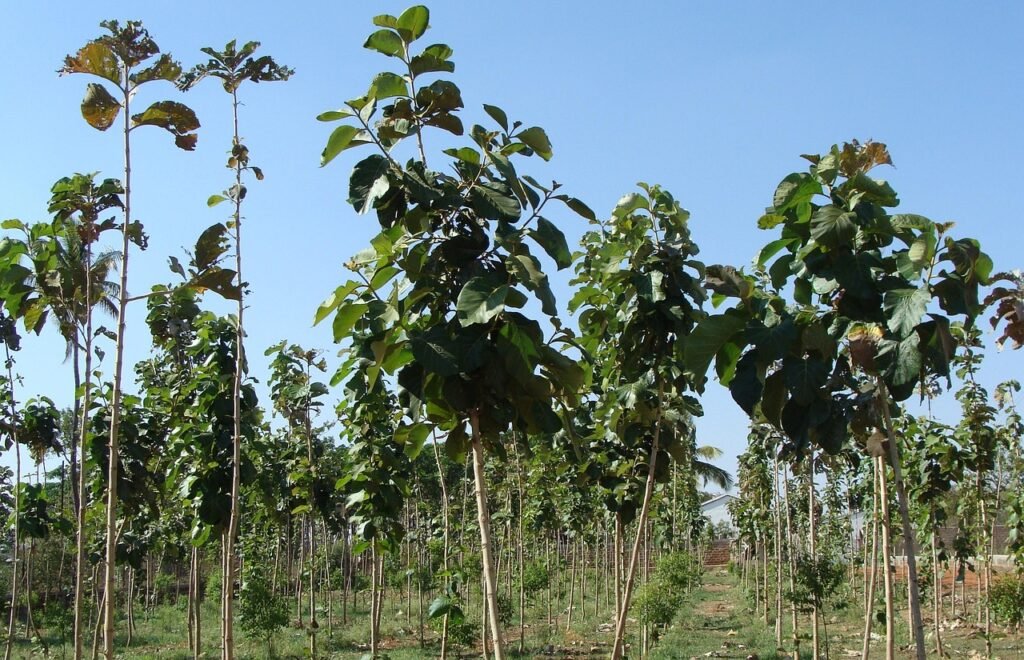
When shopping for teak wood, you will come across two types of teak wood: plantation teak and old-growth teak (also referred to as forest-grown teak). They both share the same genetic roots but their characteristics and sourcing differ.
Old-Growth / Forest-Grown Teak
Old-growth teak is sourced from natural forests, mainly in Myanmar and parts of Kerala. These are gold standard teak with tighter grains and higher natural oil content. They have superior resistance to decay but are rare to find. Deforestation concerns make this teak more expensive as they are tightly regulated.
Plantation Teak
Grown in managed farms, often in Indonesia, Africa and India, plantation teak is more sustainable, accessible and easy to obtain. They have lighter grain patterns, lesser oil content. High-quality plantation teak still offers impressive durability and weather resistance if they are matured properly.
Both varieties of teak are used across industries for luxury furniture, marine-grade decking and a lot more. Teak wood is not another hardwood but a legacy material respected for its strength and elegance, when sourced sustainably.
Top Reasons Why Teak Wood is the Best Durable Hardwood for Furniture and Outdoor Use
Durability of the wood is non-negotiable for wooden furniture. Teak wood outshines nearly every other hardwood when it comes to durability. From sunny patios, designing a coastal retreat, furniture that lasts generations or a chopping board that goes through rigorous wear and tear, teak is built to endure.
Natural Wood Resistance Thanks to the Rich Oils
Teak produces its own natural oils even after being harvested. The oil acts as an inbuilt sealant, making the wood water-resistant, less prone to warping, swelling or cracking. This is one reason why teak is the perfect material for:
- Outdoor garden furniture
- Teak chopping boards and bathroom shelves
- Boat decks and marine applications
Its oil-rich composition helps withstand light rain, humidity, spills without the need for constant sealing or treatment.
Exceptional Longevity and Decay Resistance
Well-maintained teak furniture can last for decades, even outdoors. Teak is resistant to rot, fungi and termites due to its dense grains and silica content. You can build outdoor benches, lounges, timber claddings, deckings, long-lasting heirloom furniture without worry. Teak furniture is passed down through generations with some pieces looking better with age, developing a beautiful silver-grey patina over time.
Ideal Choice for Humid and Coastal Climates
If you live in areas with high rainfall or near a beach, humidity is a nightmare for wood—but not teak. Teak thrives in humid tropical climates. As a native of humid countries like India, Indonesia and Burma, teak is well acclimated to these conditions. It does not absorb moisture easily, making it less likely to expand, warp or become mouldy. Teak is perfect for outdoor kitchens, beach resort furniture, saunas and poolside loungers due to its high resistance to humidity.
Different Types of Teak Wood Used in Furniture and Construction Projects
All teak is not the same. Teak is identified by the source. Forest-grown teak from Burma is different from forest-grown teak in Nilambur. While both teak are essentially from the same variety, they vary in oil content, grain patterns and wood density. The origin, growth conditions and sourcing patterns influence the grain patterns, grain quality, oil content and sustainability. The various types of teak wood available in the market can vary in use—from handcrafted tables to choosing a decking material.
1. Burmese Teak (Old-Growth, Forest-Grown Teak) – The Gold Standard in Quality
Burmese teak is known as old-growth teak and is considered the finest teak wood in the world. Harvested primarily from natural forests in Myanmar, the variety is famed for its deep golden brown hue, high oil and resin content, dense grains and smooth textures. They are high in moisture and decay resistance. Burmese teak is used in luxury furniture, high-end yachts, and premium flooring due to its durability and beauty. They are also the most expensive types of teak wood and its export is subject to strict environmental regulations.
2. Indonesian Teak – Plantation-Grown & Sustainable
Grown primarily in Java, Indonesia in government-managed plantations, Indonesian teak offers a balance between quality and sustainability. While they do not match the quality of old-growth teak as they may not have tight grains or oil density of old teak, they are perfect for furniture and indoor use. The straight-grained wood is easy to work with. Most plantation teak is harvested at a younger age, resulting in lighter colour and slightly softer density, yet offer more durability than most other hardwoods.
3. Reclaimed Teak Wood – Vintage Charm with Sustainability
Reclaimed wood is sourced from old buildings, railway sleepers, ships and furniture, giving a new life to aged timber. They may seem like second-hand products, but these woods have stood the test of time, making it a great choice for furniture. Character-rich with unique grains and patina, seasoned naturally over decades for extra stability, reclaimed teak wood is perfect for those who love the rustic appearance—especially for farmhouse-styled tables, bookshelves and claddings.
Popular Uses of Teak Wood in Home and Commercial Applications
1. Teak Wood Furniture – Indoor and Outdoor
Teak wood is perfect for stylish indoor dining sets or a weatherproof outdoor lounge chair. Perfect for creating dining tables, bed frames, cabinets and bookshelves for indoors, and garden benches, patio tables, sun loungers and balcony chairs outdoors—teak is perfect. The natural oils in teak make it resistant to rot, insects and light rains. They are perfect for outdoor climates while its beautiful grains add a touch of luxury to indoor spaces.
2. Teak Wood Flooring and Decking
The dense composition and water resistance make teak the ideal material for flooring and exterior decking. They can handle heavy foot traffic effortlessly. Their ability to maintain an even finish even in moist and coastal areas makes it a perfect option for flooring. Teak flooring adds warmth and richness to interiors and is a popular material for pool areas, patios and balconies outdoors. Over time, teak decking develops a soft grey patina, adding a rustic charm without compromising strength.
3. Boat Decks and Marine Uses
Teak is known for its history in shipbuilding and yachting. The go-to wood for boat decks, teak has been used for centuries in marine projects due to its ability to resist saltwater corrosion, mould and mildew, sun damage and warping. From luxury yachts to fishing boats, teak is widely used in decks, railings and cabinetry in marine settings.
4. Teak Wood Cutting Boards & Kitchen Accessories
Teak is the safest and most hygienic wood for food preparations. The tight grain structure helps resist moisture and bacteria. Ideal for serving trays, Premium cutting boards, countertops, and utensil holders. Single block teak wood chopping boards are not only functional but also a statement piece in a kitchen. It does not dull knives, can stand the wear and tear of regular cutting, and is less likely to crack or warp even with constant exposure to water.
5. Bathroom Shelves and Fixtures
Bathrooms are notorious for moisture. Not all wood can handle it. Teak, on the other hand, sustains in moist conditions, making it an excellent choice for wall-mounted teak shelves, vanity counters, shower benches, bath caddies and organisers in bathrooms. With both practical durability and spa-like aesthetics, teak brings in natural warmth to bathrooms and wet areas.
Teak Wood vs Other Hardwoods – Comparing Strength, Price, and Longevity

There are plenty of options when it comes to hardwoods in the market. Acacia, sheesham, walnut, oak, mahogany, and a wide range of local woods native to the area are all good. They all have their own charm and beauty to it, but teak wood constantly ranks in top for homeowners and woodworkers who prioritise durability, low maintenance and long-term value.
| Property | Teak | Acacia | Sheesham | Walnut | Oak |
|---|---|---|---|---|---|
| Durability | ⭐⭐⭐⭐⭐ | ⭐⭐⭐ | ⭐⭐⭐ | ⭐⭐⭐⭐ | ⭐⭐⭐⭐ |
| Water Resistance | ⭐⭐⭐⭐⭐ | ⭐⭐ | ⭐⭐ | ⭐⭐ | ⭐⭐ |
| Maintenance | ⭐⭐⭐⭐ | ⭐⭐ | ⭐⭐ | ⭐⭐ | ⭐⭐ |
| Outdoor Use | ✅ | ❌ | ⚠️ | ❌ | ⚠️ |
| Cost | 💰💰💰💰 | 💰💰 | 💰💰 | 💰💰💰 | 💰💰💰 |
| Sustainability | FSC options available | Varies | Varies | Moderate | Moderate |
Teak vs Acacia: Durability, Low Maintenance Comparison
Acacia is a popular hardwood known for its affordability and strength. Used for furniture and home décor, the wood has attractive grain and strength but falls short in terms of long-term performance. While acacia is a decorative hardwood, teak is a dense functional wood ideal for both indoor and outdoor conditions.
| Feature | Teak | Acacia |
|---|---|---|
| Durability | ⭐⭐⭐⭐⭐ | ⭐⭐⭐ |
| Water Resistance | Excellent | Moderate |
| Maintenance | Low | Moderate |
| Weather Suitability | Ideal for outdoor | Indoor preferred |
| Longevity | 40+ years | 10–15 years |
Teak vs Sheesham Wood – Colour and Grain
Sheesham, or Indian rosewood, is a popular hardwood used in traditional and rustic furniture. The rich colours and dramatic grains are often preferred for aesthetic heavy pieces. Sheesham is great wood for those who are looking for a wood that is affordable yet has great appearance and appeal. But teak wood excels in resilience especially outdoors.
| Feature | Teak | Sheesham |
|---|---|---|
| Grain Pattern | Tight and uniform | Coarse and irregular |
| Natural Oils | High (self-protecting) | Low |
| Termite Resistance | Excellent | Moderate |
| Polish Retention | Very good | Excellent |
| Outdoor Suitability | Yes | No (without treatment) |
Teak vs Oak, Walnut: Value for Money
Both walnut and maple are not widely available in India but if you had to compare, walnut offers the rich colour while oak brings in the classic appeal. But neither of these woods match the water resistance and outdoor performance of teak. Both walnut and oak are referred in premium furniture in Europe and North America and are rarely used in India due to limited availability.
| Feature | Teak | Walnut | Oak |
|---|---|---|---|
| Cost | High | High | Medium |
| Strength | High | Medium | High |
| Colour Tone | Golden brown | Dark chocolate | Light tan |
| Scratch Resistance | Excellent | Moderate | High |
| Maintenance | Low | Moderate | Moderate |
How to Identify Original Teak Wood and Avoid Fake or Low-Grade Alternatives
The market for teak is high. Teak wood often demands a premium price tag and this results in imitation or low-grade alternatives. Many buyers pay top dollars for wood that isn’t genuine teak. Learn how to identify original teak wood and avoid being duped by fake or engineered substitutes.
- Observe the colour, texture and natural wood grains: Genuine teak wood features a golden brown or honey-coloured tone that darkens with age or exposure. Look for tight straight grains with an occasional wave pattern. The wood should be smooth with an oily feel to the surface. Natural variations in grain is often noted and it’s not uniform. The colour should be golden brown and not too pale or reddish. If you find wood that looks too polished and uniform, avoid it. They may be stained to look like teak.
- Engineered vs Genuine Teak Difference : Engineered or fake teak is a low-cost alternative, which is usually MDF or softwood covered with teak veneer. This may look the part initially but will lack durability and resistance of teak wood. Teak wood has a natural and varied grain while engineered teak is often repetitive and looks printed. Fake wood is light in weight and hollow with poor moisture resistance and durability of up to 10 years, while teak is more heavier, dense, moisture resistant and lasts 50 years or even more.
- Water Absorption Test for Teak Wood : This is the easiest way to spot real teak wood. The water drop test involves dropping a few drops of water on an unfinished area of the wood. Real teak wood will repel water due to the high oil content while the fake teak or other woods will absorb water quickly. This is particularly useful for checking teak cutting boards, furniture and decking planks.
- Smell the Wood – Leathery Earthy Smell of Teak : Teak has a rich earthy scent and is known for its distinct leathery aroma due to its resins. If you are examining a freshly cut piece, give it a sniff. This will not work on wood that has been fully sealed or varnished.
Advantages and Disadvantages of Using Teak Wood for Home Projects
Teak wood is known as a reliable and luxurious long-lasting hardwood in the world and its reputation has remained so since ages. You should understand the benefits and limitations of teak wood before you start your next home project and you would like to choose teak as your preferred material.
Advantages of Teak Wood
Long-lasting, Low Maintenance
Teak is naturally durable and low-maintenance wood. They require minimal maintenance and upkeep to maintain its integrity and strength. It does not require regular sealing or polishing, can withstand sun, rain and changing climates, and the structural integrity is maintained naturally for decades.
High Resistance to Moisture, Insect Pests and Mould
The high oil content in teak acts as a built-in defence. As one of the few woods that can handle moist, humid and coastal environments without attracting rot, termite, or mildew, teak is considered the best wood for bathrooms, kitchens, gardens and boats. No treatment is required and it makes a perfect material for humid countries with monsoon climates.
Timeless Aesthetics and Natural Beauty
There is a distinct visual appeal for teak wood and it has its own set of followers, which is large. The golden brown hue, subtle grains and natural sheen give it a luxurious organic look for traditional and modern designs. It ages beautifully into a silver grey patina when left untreated, adding a warmth and texture to interiors. It also matches well with metal, stone and fabric.
Drawbacks of Teak Wood
High Initial Cost
Teak wood is one of the most expensive hardwoods in the market. The scarcity, slow growth and international demand contribute to the premium price tag. It’s significantly costlier than acacia, oak and sheesham and is not an ideal option for budget-conscious buyers. The price increases even more for Burmese teak and forest-grown teak like Nilambur teak in India.
Environmental Concerns – Deforestation and Overharvesting
Natural forests in Myanmar have suffered overharvesting of teak trees, leading to environmental degradation and stricter export controls. Nilambur teak too is conserved and rarely available. Not all teak is sustainably sourced and ethical concerns about illegal logging and forest depletion due to overharvesting of teak is common. Plantation teak is often better and a sustainable option.
Outdoor Colour Change
When left untreated, especially outdoors, teak gradually changes colour and fades into a silvery grey colour. While this may be preferred by some, others prefer the original rich tone. To maintain the appearance, teak requires occasional oiling. Colour changes are not a defect and it’s natural. It does not affect the structural strength of the wood and it’s purely cosmetic.
Caring for Teak Wood Furniture, Boards, and Outdoor Surfaces
Teak is a low-maintenance wood but it doesn’t mean that you can completely ignore the maintenance of teak wood furniture. Whether it’s a cutting board, patio table exposed to nature, proper care can preserve the beauty and lifespan of teak wood for decades and sometimes generations.
When to Oil Your Teak Wood and When Not To
Oil your teak wood to retain its golden brown colour, especially for indoor furniture and chopping boards. Avoid oiling outdoor teak unless you are committed to maintaining it regularly. Oiling traps moisture and causes mildew if not done properly in humid environments. Leave teak untreated for it to develop a silver grey patina which many homeowners love for its rustic charm.
Cleaning and Seasonal Maintenance
Teak is easy to maintain and clean. Use a soft brush or sponge with warm water and mild soap. Scrub along the grains to remove dust from the surface and rinse thoroughly. Dry with a soft cloth. Avoid harsh chemicals, cleaners and power washers. For deep cleaning once or twice a year, use a teak wood cleaner to remove mildew and weather stains. Lightly sand the rough spots with a fine-grit sandpaper and reapply teak oil or sealant if required.
Tips to Extend Lifespan and Preserve the Natural Beauty of Teak Wood
Teak is naturally long-lasting, but a bit of attention can keep it looking vibrant and crack-free for generations. Keep outdoor teak out of direct, prolonged sunlight to prevent drying and fading. Always place a coaster or a soft pad for placing objects on the furniture to avoid scratches. Store outdoor teak under cover during rains and monsoons. Teak wood boards and utensils should be oiled regularly and should not be dishwashed. Also, do not leave teak in running or standing water. Avoid placing them on wet surfaces or wet towels.
Why FSC-Certified Teak is the Best Choice for Eco-Conscious Buyers
FSC-certified teak ensures the wood is responsibly sourced and supports fair trade, legal harvesting and environmental stability. Unlike old-growth teak from endangered forests, plantation teak is renewable and eco-friendly. Choosing FSC-certified teak supports ethical forestry, biodiversity and ensures traceability, making it a good option for environmentally conscious buyers.
Conclusion – Is Teak Wood Worth the Investment for Long-Term Projects?
Teak wood stands tall and is a long-lasting luxury hardwood that combines beauty with unmatched resilience and durability. It’s the best wood for furniture, structural projects that demand strength and small crafts too. Resistant to pests, moisture and mould, the durability and resistance of the wood itself is worth the investment.
Categories
Products
- Buy Wooden Vegetable Cutting Boards Online
- Wooden Kitchen Accessories Tools
- Buy Butcher Block & Meat Cutting Boards Online
- Buy Premium Edge Grain Single Block Wooden Chopping Boards Online
- Buy The Best Teak Wood Chopping Boards Online In India
- Buy Wooden Cutting Boards With Handle For Kitchen
- Mango Wood Chopping Boards
- Single Block Chopping Boards
- Tamarind Wood Chopping Boards
- Wooden Platter Boards , Pizza Platters & Charcuterie Boards
Tamarind Wood Cutting Board Teak Wood Cutting board
